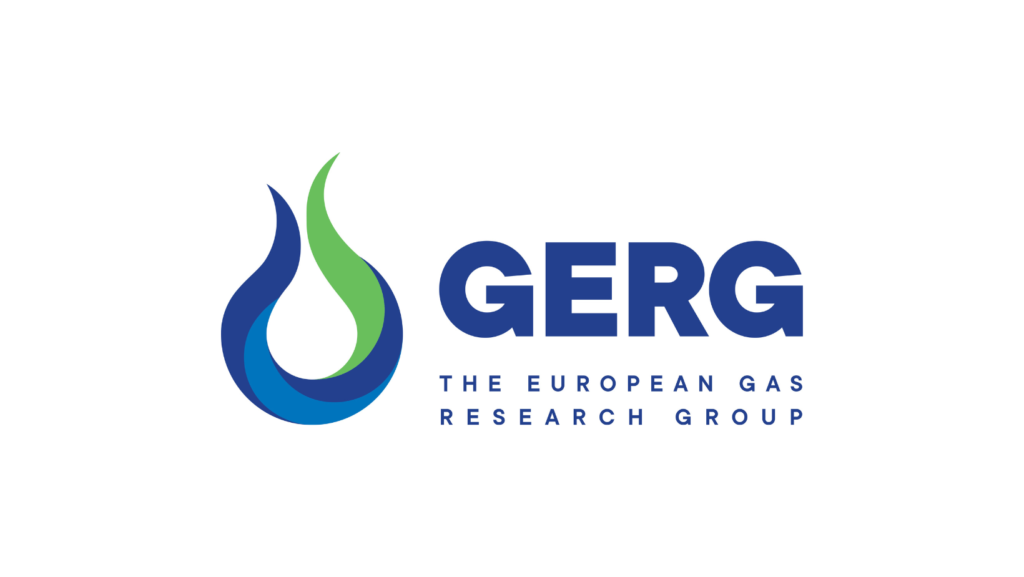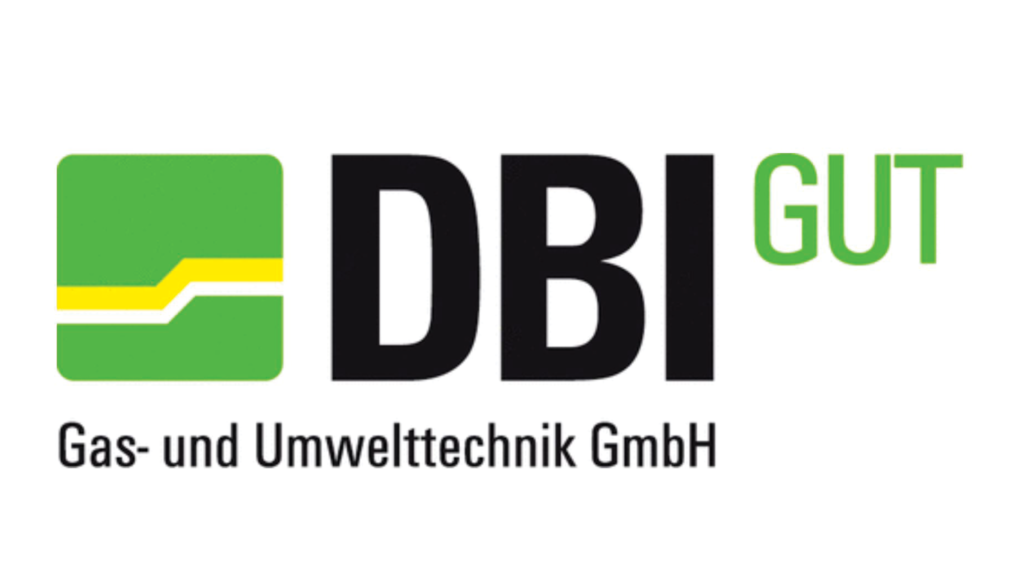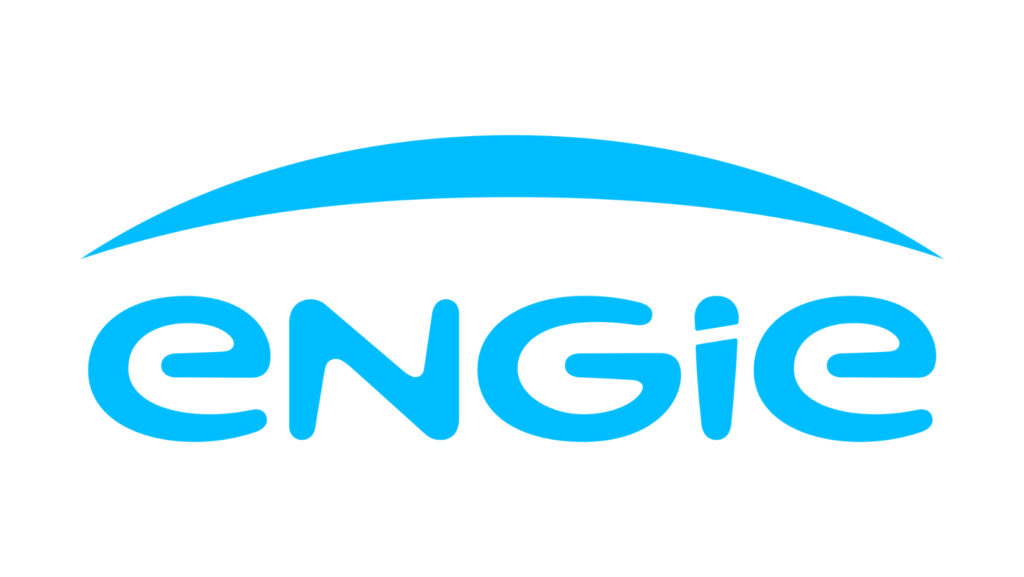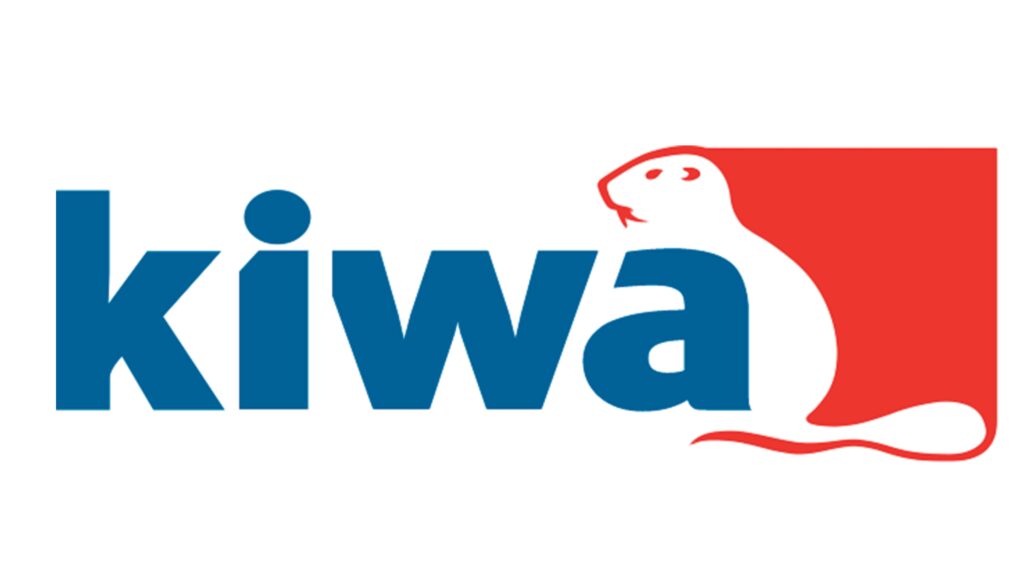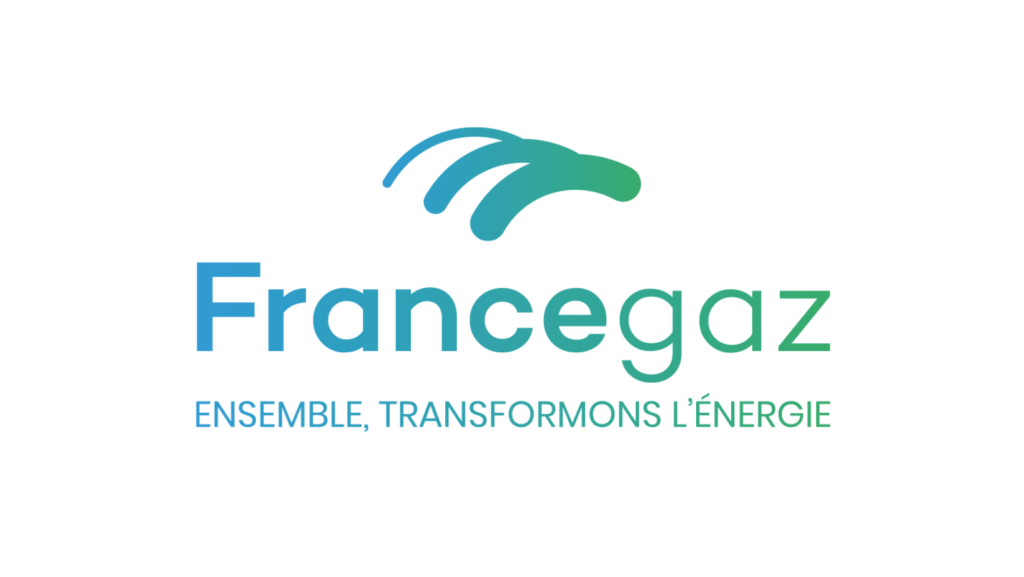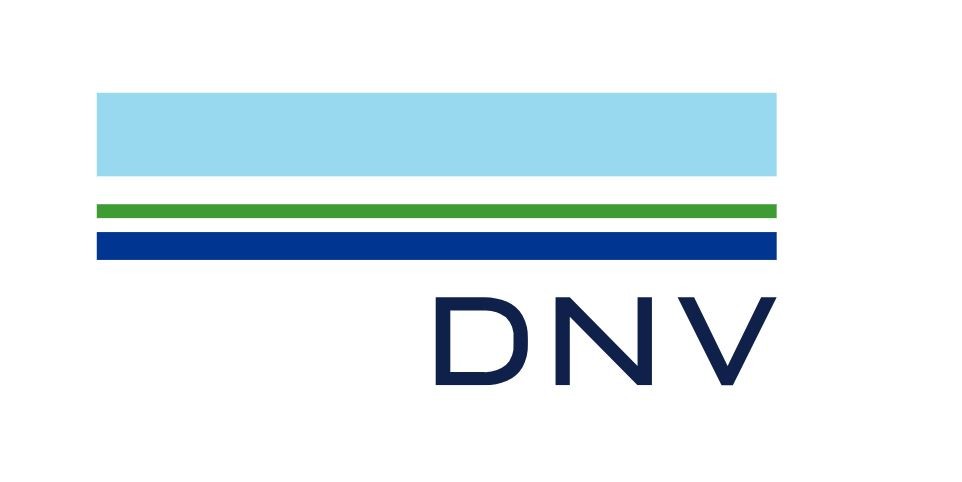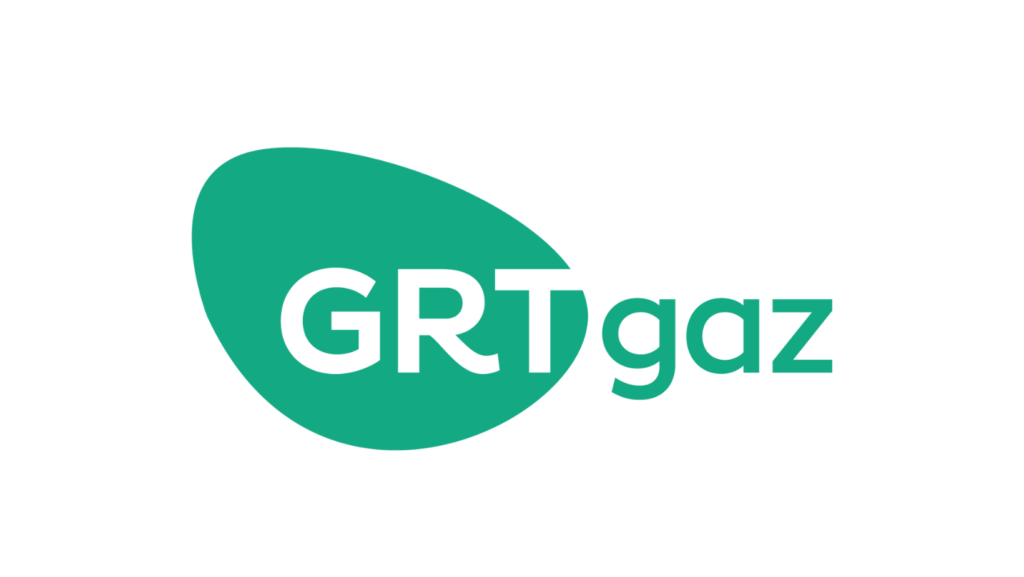
Removing Technical Barriers to Biomethane STAndaRdisation
Table of Contents
Phase 2c
This project marks the completion (Phase 2c) of a programme of work delivered in support of CEN and Technical Committee CEN/TC408 initiated by DG Ener, aimed at revision of the standards for and therefore removal of barriers to introduction of biomethane into gas networks and vehicles.
By ensuring that the appropriate standards are fit for purpose at time of revision, the work will ensure that costs of biomethane injection are optimized, and there are no undue burdens on producers. This work is expected to enable growth of the biomethane industry and confidence that investments can be made in biomethane production and injection. It will therefore help to ensure the removal of barriers to achieving the RePowerEU target of 35BCM of biomethane by 2030 by aligning needs of producers, transporters and end users.
The programme is therefore highly relevant in advancing regulatory work for greening the gas grid under the Green Deal. It is also relevant for implementing RED II with maximum impact. In cooperation with CEN TC 408, its stakeholder community and DG Energy, GERG has developed and has been delivering a workprogramme to address the removal of barriers identified which will enable standardization:
- Phase 1 – funded by GERG members to identify barriers
- SA/CEN/RESEARCH/475/2017-07 (2018-2019) – Phase 2a – experimental work on siloxanes, and a literature study on impacts of sulfur, impacts of oxygen, particularly related to underground storage and corrosion, and health impacts.
- SA/CEN/RESEARCH/475/2019-09 (2020-2022, Phase 2b, ongoing) – continued experimental work on siloxanes, commencement of experimental campaign on sulphur, and on oxygen impacts.
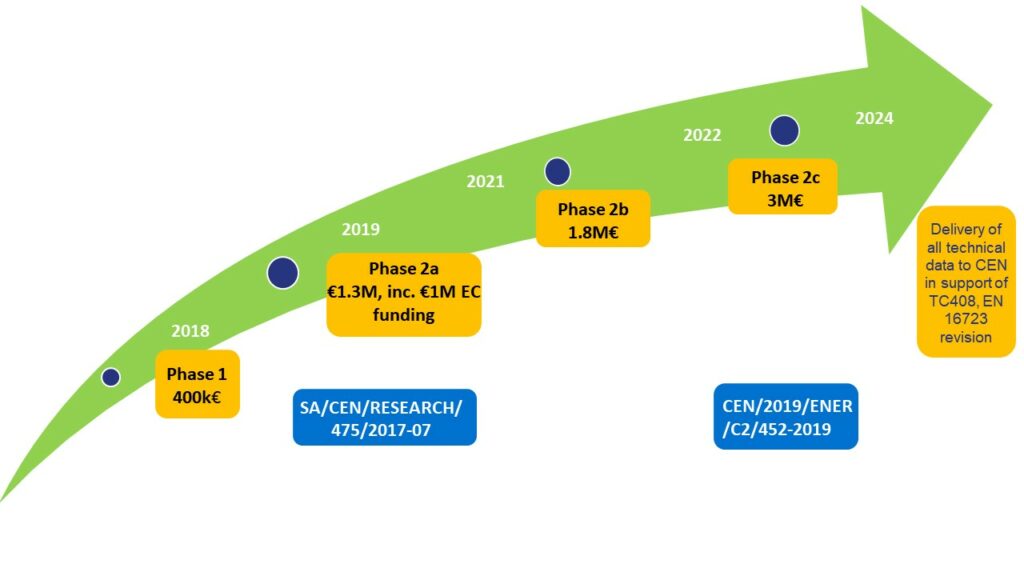
Improving specific knowledge on biomethane at the European level, particularly in relation to impact of feedstocks. This final phase of the project (2022-2024) focuses on the completion of the experimental and literature campaigns begun in Phase 2b to support the delivery by CEN TC 408 and update of the standards.
Project Structure
The Phase 2c is developed in 5 different work packages:
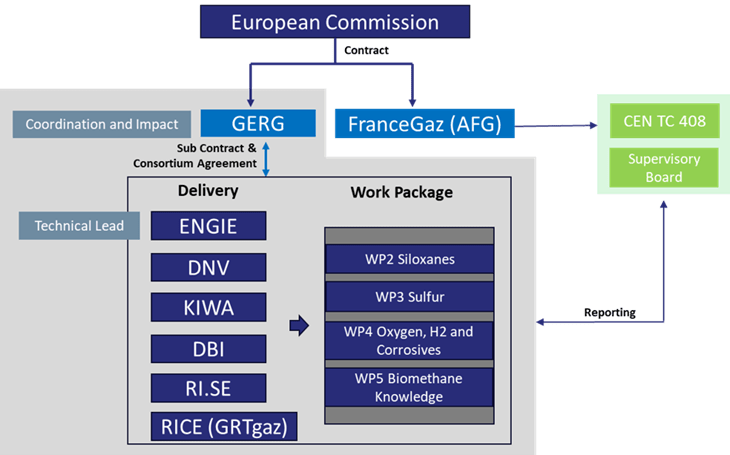
WP1: Project Management and Coordination
Work Package 1 defines and maintains the decisional and operational framework within which the project strategy is decided and implemented.
GERG, as the coordinator, facilitates the proper monitoring and control of the project and manages all interfaces between the project team, the Supervisory Board chaired by CEN TC408, CEN, AFNOR, subcontractors and the European Commission.
This work package also ensures that project communication and dissemination have maximum impact.
WP2: Impact of siloxanes on industrial boilers
- Gathering data on the impact of siloxane presence within biomethane on the performance of industrial boilers.
- The first set of experimental tests was realised during previous phases of the project (GERG project phase 2a-2019) where such appliances were tested in continuous mode.
- Within Phase 2c a new test program will be implemented to better represent the actual boiler operation in industrial environment. It involves power modulation mode and siloxanes concentration closer to the ones that can effectively be encountered in the field (between 1, 2.5 and 5 mgSi/Nm3 of natural gas).
WP3: Impact of sulphur on Natural Gas vehicles
- Determine the maximum allowable sulphur concentration for natural gas vehicles that will not lead to any modification of the appliance performances and lifetime
- Following a literature review performed in the past project phase, it is proposed to study the sulphur aging on pristine and field-aged catalysts (5000h) retrieved from a vehicle
- The WP is divided into Workstreams:
- Workstream 1: Vehicle engines tests – This project explores the impact of sulphur on (heavy duty) vehicle engines particularly the aftertreatment system. This entails measuring various aspects of engine performance, most important of which are the exhaust gas emissions (pre- and post-catalyst). The aim is to test two different engines from the European market on their susceptibility to sulphur in an endurance test of 2x1000h.
- Workstream 2: Three-way catalyst (TWC) ageing – This campaign aims to determine the ability of a three-way catalyst to regenerate after being both thermally aged and poisoned by sulphur to have a better picture on the capacity of such Engine After Treatment System (EATS) to withstand higher sulphur concentration in the gas fuel than what is currently.
- Workstream 1: Vehicle engines tests – This project explores the impact of sulphur on (heavy duty) vehicle engines particularly the aftertreatment system. This entails measuring various aspects of engine performance, most important of which are the exhaust gas emissions (pre- and post-catalyst). The aim is to test two different engines from the European market on their susceptibility to sulphur in an endurance test of 2x1000h.
WP4: Impact of oxygen on Underground Gas Storage (UGS) and impact of corrosive compounds
- The effect of several trace compounds such as oxygen, sulphur and microbial population on the integrity of UGS will be studied
- The effect of corrosive compound and hydrogen on Compressed Natural Gas Steel Tank (Type 1 CNG Tan) will be studied
- The WP is divided into Workstreams:
- Workstream 1: Impact of oxygen on Underground Gas Storage
- Workstream 2: Corrosion tests
- Workstream 3: Impact of H2 on CNG type 1 steel tanks
WP5: Improving European Biomethane Knowledge
- Analysis of the biomethane composition within the European network
- Determining quantitatively and qualitatively the links between feedstocks, raw biogas, and biomethane after upgrading.
- The WP is divided into Workstreams:
- Workstream 1: Database of biogas and biomethane composition from Swedish data (RI.SE)
- Workstream 2: Biomethane: composition from intrant to upgraded biomethane from French data (RICE)
- Worstream 3: Impact on purification process on biomethane composition (DBI)
- Workstream 1: Database of biogas and biomethane composition from Swedish data (RI.SE)
Resources
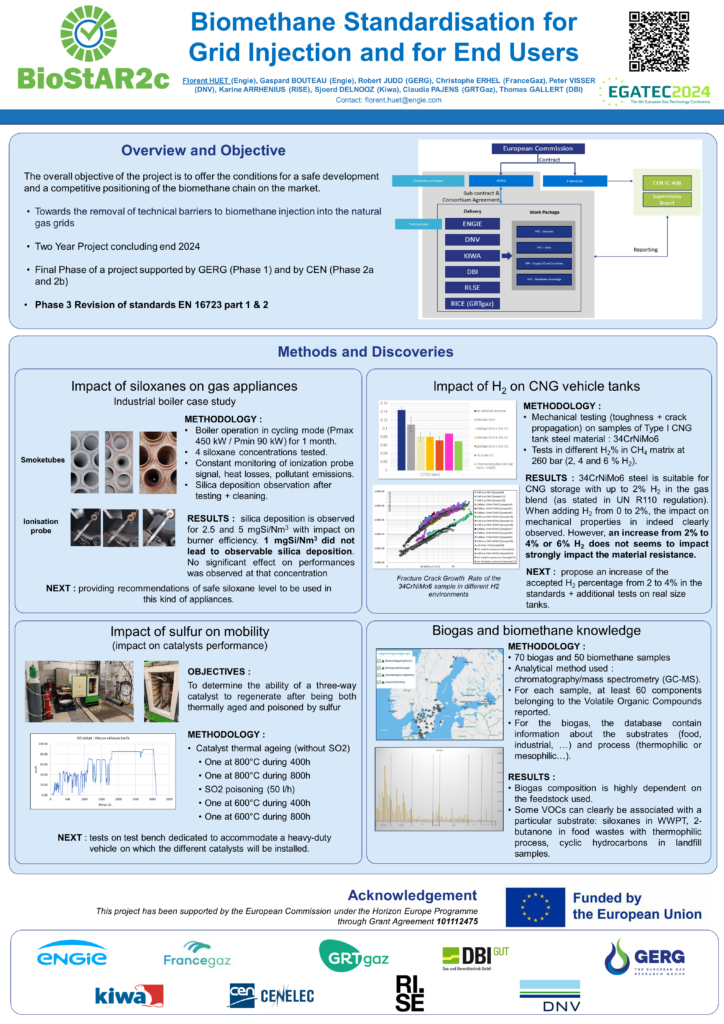
Partners
